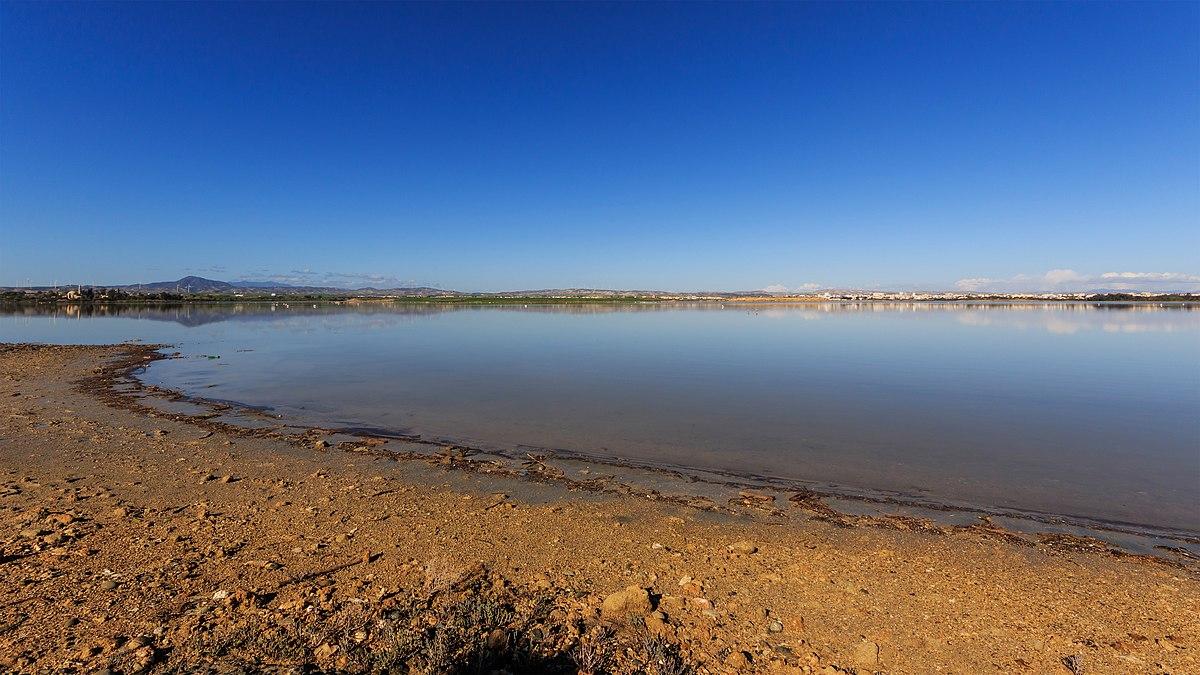The Cyprus Department of Environment issued a permit for the construction and operation of a new 700 kW photovoltaic park. The park will cover more than 123,000 m² of the Larnaca Salt Lake area, which is part of a Special Protected Area.
The future facility will consist of fixed support structures. It will install over 2,300 photovoltaic panels, each with a capacity of at least 210 W/m², as well as grid inverters. According to the plan, the facility will be located in the southeastern part of the Larnaca wastewater treatment plant's fenced area, on a site currently used for storing pipes and technical materials. Notably, Larnaca Airport is only 250 meters away from the future photovoltaic park and residential buildings are approximately 400 meters away.
The project will have minimal impact on the ecosystem
According to the environmental impact assessment, the project will not affect bird migration routes, will not be located in a nitrate-vulnerable zone, and will not intersect areas sensitive to urban wastewater discharge. No archaeological heritage sites have been identified in the vicinity.
Nevertheless, the facility's operating conditions will be strictly controlled. For instance, the agency has banned the use of chemicals to clean panels or control vegetation. All waste must be disposed of through licensed operators, in accordance with the Waste Management Act.
Additionally, the investor is required to organize five years of bird fauna monitoring, recording any bird collisions or deaths, which is especially important for the Salt Lake, one of the largest bird habitats in Cyprus.
 Larnaca Salt Lake is important because
Larnaca Salt Lake is important because
Aliki Salt Lake is a unique natural complex comprising four main bodies of water. These ecosystems depend heavily on seasonal rains; they dry up completely in summer and only fill with water in winter and spring.
Three key species live here, maintaining the balance of the food chain: the phytoplankton Dunaliella salina and two species of zooplankton, Artemia salina and Phallocryptus spinosa. The area is home to more than 228 species of birds, 42 of which nest there. Larnaca Salt Lake is also known for its permanent colony of pink flamingos.
Prospects for green energy in Cyprus
The solar power station project in Larnaca is part of Cyprus's strategy to transition to renewable energy sources. According to the national plan, the island must increase its share of green electricity to at least 30% of total consumption by 2030.
Solar parks have been developing rapidly in Cyprus in recent years, and Larnaca is becoming one of the centers of this industry. The new project near Salt Lake will contribute to the island's energy independence and serve as an example of how to develop renewable energy sources while preserving natural areas.
